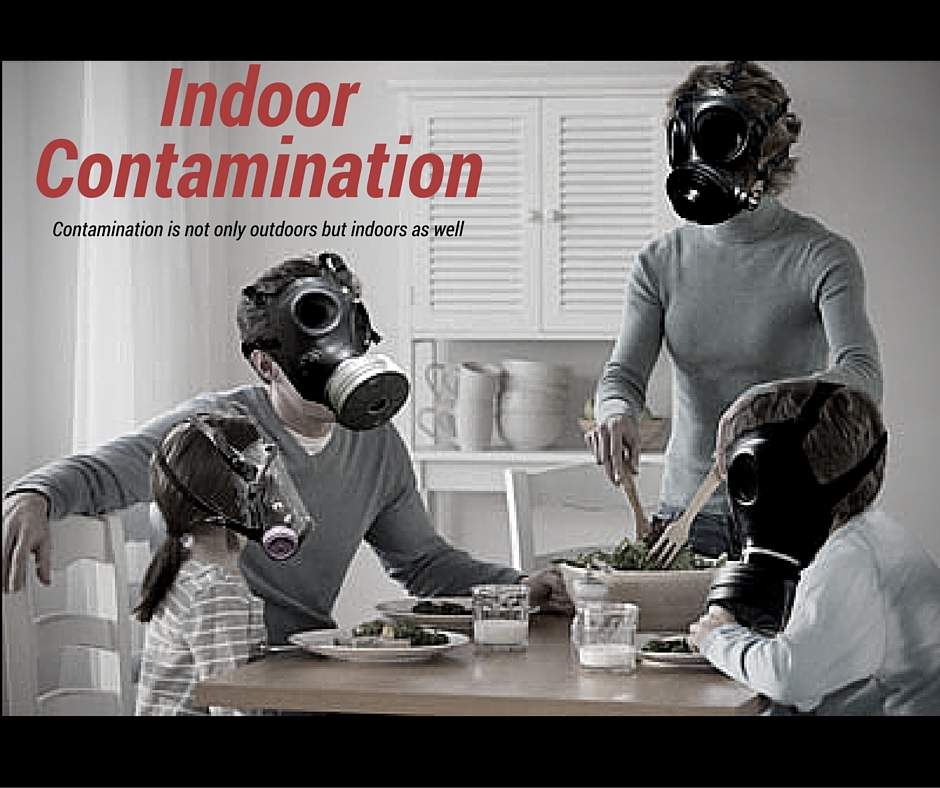Understanding Crime Scene Contamination Examples: A Deep Dive
Crime scenes are meticulously examined to gather evidence that can lead to the resolution of criminal cases. However, contamination can compromise the integrity of this evidence, impacting investigations and potentially leading to wrongful convictions. In this article, we will explore various crime scene contamination examples, shedding light on how they occur and their implications for justice. Understanding these examples is crucial for law enforcement professionals, forensic experts, and even the general public, as it emphasizes the importance of maintaining the integrity of crime scenes.
Crime scene contamination can arise from a plethora of sources, including human error, environmental factors, and even the presence of bystanders. The consequences can be dire, as contaminated evidence can mislead investigators, resulting in misguided conclusions and potentially allowing guilty parties to evade justice. Through this exploration, we will highlight specific scenarios where contamination has occurred, ensuring that individuals involved in criminal investigations are better equipped to recognize and mitigate such risks.
In a world where forensic science plays a pivotal role in criminal justice, recognizing and understanding crime scene contamination examples is more important than ever. As we delve into the nuances of this topic, we will address common questions surrounding contamination, share illustrative examples, and discuss preventative measures that can safeguard crime scenes. Join us as we navigate this critical aspect of forensic investigation and its implications for the pursuit of truth and justice.
What is Crime Scene Contamination?
Crime scene contamination refers to the alteration of evidence at a crime scene that can lead to misleading conclusions about the events that transpired. This contamination can occur in various forms, whether through human interaction, environmental factors, or the introduction of foreign materials. Understanding the different types of contamination is essential for law enforcement and forensic professionals to ensure that evidence remains reliable.
How Does Crime Scene Contamination Occur?
The process of crime scene contamination can occur through several avenues:
- Human Interaction: This can include law enforcement personnel, first responders, and even witnesses stepping on or touching evidence, thereby altering or destroying it.
- Environmental Factors: Weather conditions, animals, and insects can compromise evidence, particularly in outdoor crime scenes.
- Improper Evidence Collection: Failing to use the right techniques or tools to collect evidence can lead to contamination.
- Cross-Contamination: This occurs when evidence from one scene is inadvertently transferred to another, mixing unrelated material.
What are Some Notable Crime Scene Contamination Examples?
Numerous high-profile cases have illustrated the devastating effects of crime scene contamination. Here are a few noteworthy examples:
- The O.J. Simpson Trial: During the investigation of Nicole Brown Simpson's murder, the mishandling of evidence led to questions about the integrity of blood samples collected at the scene.
- The JonBenét Ramsey Case: The contamination of the crime scene with family members and media personnel resulted in the loss of crucial evidence that could have led to the perpetrator.
- The Amanda Knox Case: In Italy, contamination at the crime scene where Meredith Kercher was murdered contributed to the complexities of the investigation and wrongful accusations.
How Can Crime Scene Contamination be Prevented?
Preventing crime scene contamination is paramount for ensuring the integrity of evidence. Here are some effective strategies:
- Establishing Perimeter Security: Limiting access to the crime scene helps minimize the risk of contamination from unauthorized personnel.
- Use of Protective Gear: Law enforcement officers and forensic experts should wear gloves, masks, and other protective equipment to prevent leaving their own DNA or fingerprints at the scene.
- Proper Training: Providing comprehensive training to all personnel involved in crime scene investigation can significantly reduce the likelihood of contamination.
- Documenting the Scene: Thoroughly documenting the crime scene through photographs and videos can help preserve evidence and establish the original state of the scene.
What Role Does Technology Play in Preventing Contamination?
Technological advancements have significantly improved the methods used to prevent and address crime scene contamination. Some notable innovations include:
- Digital Evidence Collection: Utilizing digital tools for evidence collection reduces the need for physical handling of items that could be contaminated.
- Automated Systems: Implementing automated systems for evidence tracking and management ensures that samples are securely stored and handled.
- Enhanced Forensic Techniques: Advancements in forensic science, such as DNA analysis and fingerprinting, allow for more precise identification without the need for extensive contact with evidence.
How Does Crime Scene Contamination Affect Legal Proceedings?
The implications of crime scene contamination extend beyond the investigative stage and can significantly impact legal proceedings:
- Admissibility of Evidence: Contaminated evidence may be deemed inadmissible in court, which can weaken a prosecution's case.
- Wrongful Convictions: Cases where contamination has occurred can result in innocent individuals being wrongfully convicted.
- Appeals and Retrials: Evidence contamination can lead to appeals and retrials, prolonging the judicial process and causing emotional distress for all parties involved.
Conclusion: The Importance of Addressing Crime Scene Contamination
Crime scene contamination examples serve as crucial reminders of the vulnerabilities present in forensic investigations. By recognizing the potential for contamination and actively working to prevent it, law enforcement agencies can enhance the reliability of their evidence and, ultimately, the pursuit of justice. As technology continues to evolve and new techniques are developed, it is imperative that professionals remain vigilant and committed to preserving the integrity of crime scenes. The commitment to preventing contamination not only aids in solving crimes but also protects the innocent and upholds the principles of justice.
Exploring Janet Jackson Now: The Evolution Of An Icon
Cillian Murphy's Journey As A Father: A Glimpse Into His Life With Children
Unveiling The Truth: Is Frank Fritz From American Pickers Alive?


